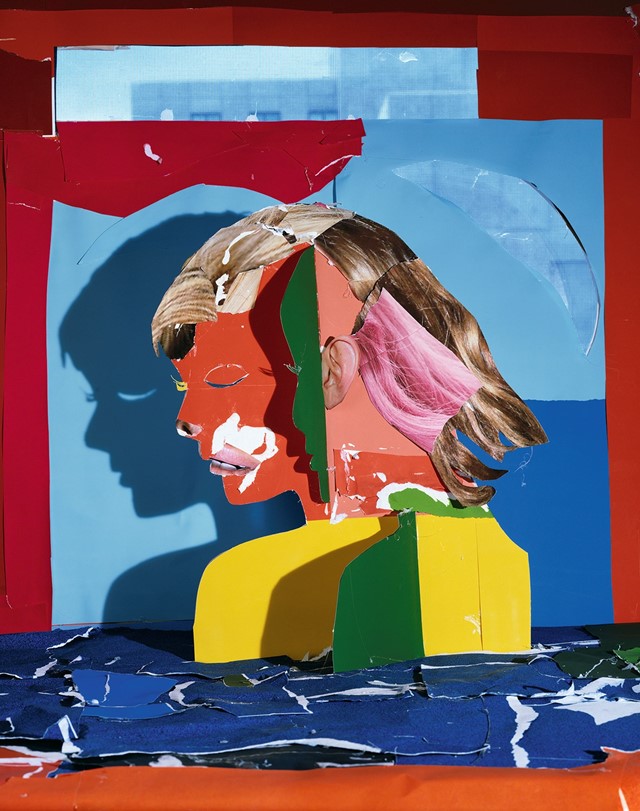Charlotte Cotton casts a spell with her magnificent new book that celebrates the art of photographic magic
In 1938, Max Holden published an illustrated booklet by a charismatic Australian magician named Jean Hugard, entitled: Close-Up Magic. Composed of miracle method card shuffles, coin folds and sleek, sleight-of-hand tricks for small audiences, Hugard’s magical manual sparked a global sensation and today, eight decades later, is still widely regarded as an essential guide for all aspiring magicians.
Such magical techniques – the dexterous sequences that utilise light and shadow, the intimate dialogue that plays out between narrator and the viewer, conjuring a sense of illusion and awe – are similarly employed by an increasing number of contemporary artists today. This rapidly emerging genre is the subject of a bold new tome, Photography is Magic, by the esteemed British curator and author, Charlotte Cotton. “It’s taken me three years to compile. On one level, this analogy for magic is deeply personal, but I think the position of the photographer that these artists are adopting, and the position of the magician both have a lot of parallels in terms of the invitation that they make to the viewer,” explains Cotton.
The colourful tome, deftly designed by Harsh Patel, consists of three acts: a contextual essay by Cotton that considers the art of photography as magic, followed by an inspired sequence of 80 artists' images that “operate like a shuffle card trick, where certain elements reappear and become familiar to the eye,” and a lively series of artists bios, which read like mini art mantras. “I want the book to confirm that there is a confident, critical mass of artists that aren’t waiting around for institutional validation, they’re doing it right now and it's wonderful,” she affirms, adding: "The magical possibilities that are created in our imaginations by these artistic gestures are prompts for the future of photographic practice." Here, Cotton sheds light on some of her favourite works from the book.
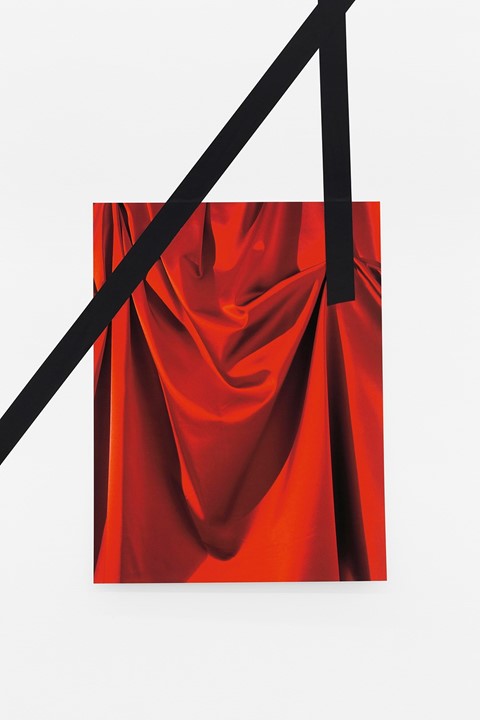
Elisa Sighicelli, Untitled (1577), 2014
“This is actually an installation shot. What you’re seeing here is a photographic print, which is then wallpapered onto a gallery wall, and layered with real duct tape. One of the challenges, but also the interesting effects of the image sequence, is that you move between framed work, so objects and installation shots, and images that don’t have a frame and aren’t installed so they’re just images. Elisa's piece is a great example of an artist finding an installation method that really makes you think about this sleight-of-hand that photography is capable of capturing, where you need to hover between enjoying its illusion and also registering this as a subject that physically exists in the world.”
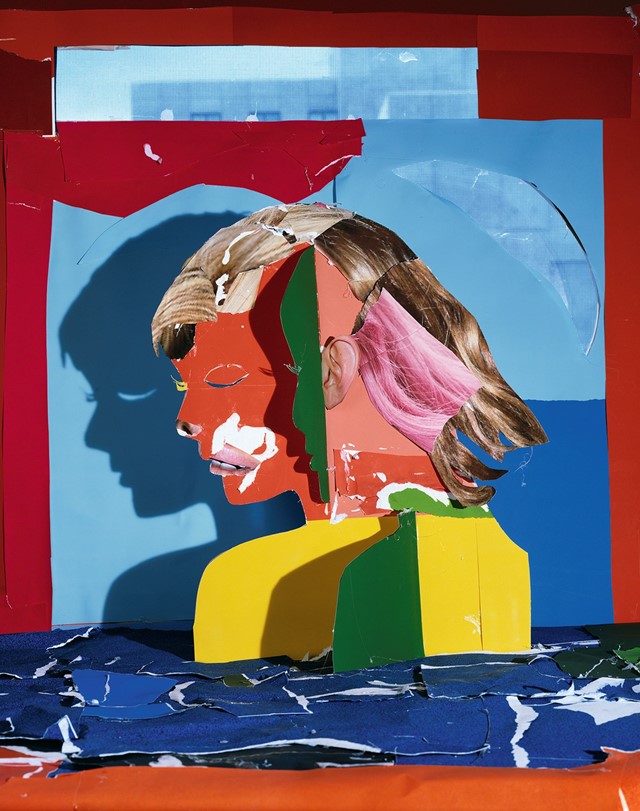
Daniel Gordon, Crescent-Eyed Portrait, 2012
“What I really love about Daniel's work is that he works with two very tired genres of painting: portraits and still life. He chooses these conservative subject areas, but the way in which he renders them is just incredible. Obviously in the context of the photography as magic, the illusion is that these table-top constructions are set up for the camera angles, then it’s all fully realized in a single photographic frame. I think this makes a great analogy of how photography is just a material that can be molded by our imaginations.”
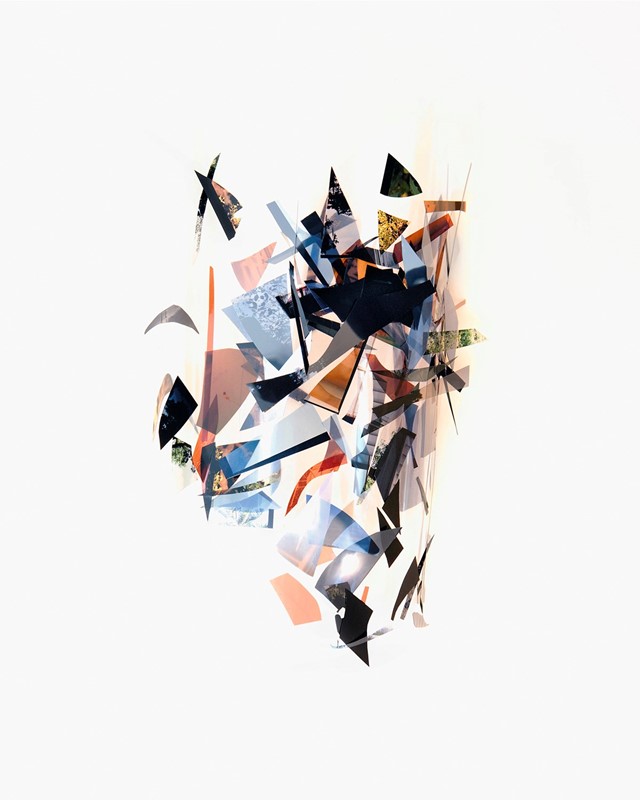
Brea Souders, Film Electric #9, 2013
“This image quite literally explodes what a photograph actually is. There’s something about the pixelation and the breaking down of images into raw material that’s very powerful. This also somehow reminds me of an Alexander Calder mobile. She’s drawing from the history of modern art into these beautiful, abstract constellations. I think that’s why her art really works for me, it acts as a metaphor for these photographic elements which circulate in our head, they circulate online, and for her to bring that together in a convincing work of art is an incredible feat.”
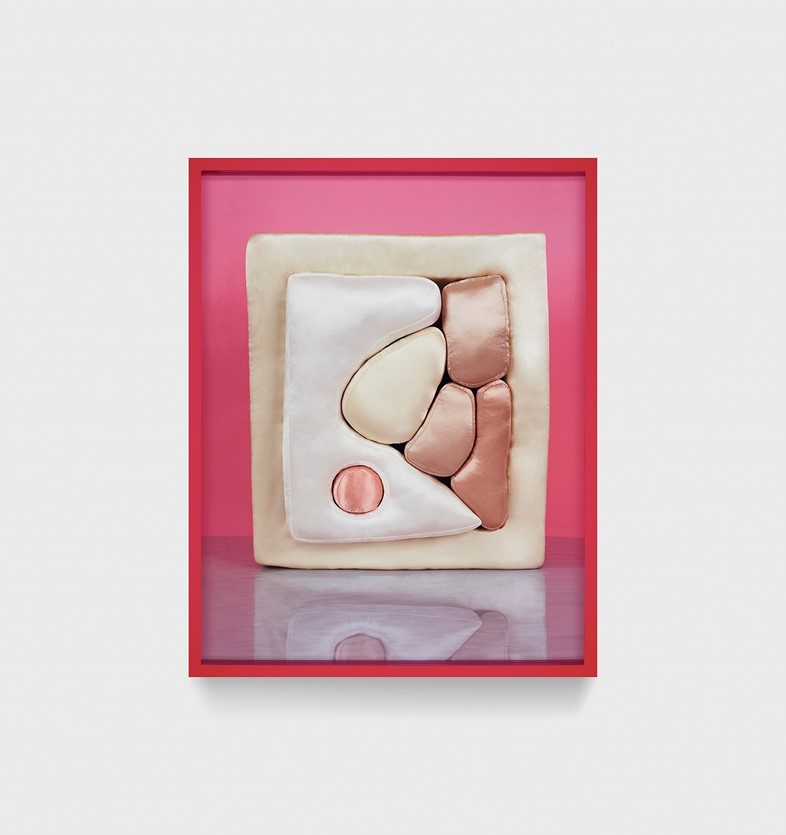
Elad Lassry, Pillow, 2010
"Elad's work, to my mind, is absolutely delicious in the way that he fuses the everyday languages of photography with fine and commercial art. The frame reminds me of a cheap frame that one could buy on Hollywood Boulevard. Then you’ve got this sculptural object that we assume he's made and then the fine artist creating the content on the photographs. It's very clever that he wraps all the conventional languages of photography into one form. Also this piece isn't domestically scaled, it's quite small and there’s a real humour to that, it’s not verbose."
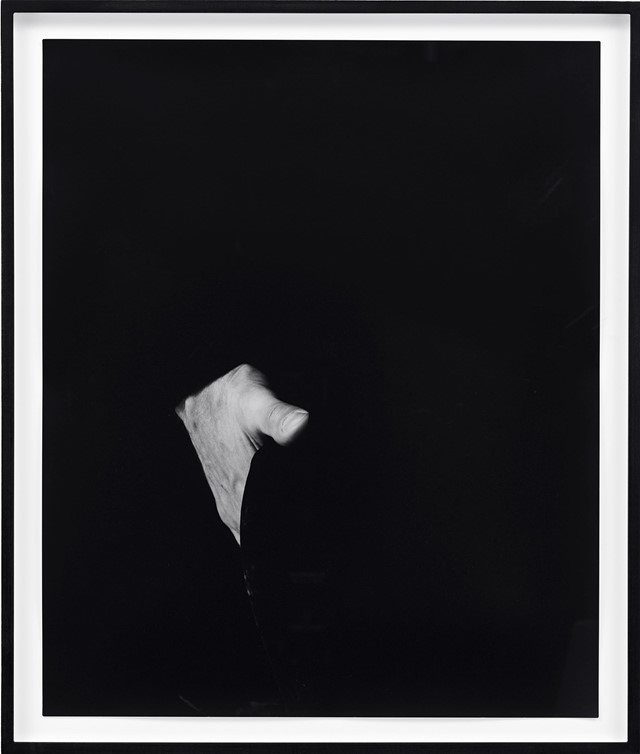
Talia Chetrit, Hand on Body (Crotch #1), 2012
"I love how Talia uses velvet as a masking device – a reference that dates right back to mid-19th century studio culture. The fact that she's using a gelatin silver print rather than a digital black and white print at her young age is a very contrary, active choice. Then of course, the presentation of the thin, black, modernist photo frame which was classic late 20th century and implies that this is an art piece, rather than a photograph from a magazine. She blends all of these historic ques about what a photograph is and should be, together. Intuitively, particularly in the context of the book, we know that she’s doing something different from a 65-year-old die-hard analogue photographer."
Photography is Magic by Charlotte Cotton is available to buy now, published by Aperture.
